

www.nature.com/naturecareer...

www.nature.com/naturecareer...
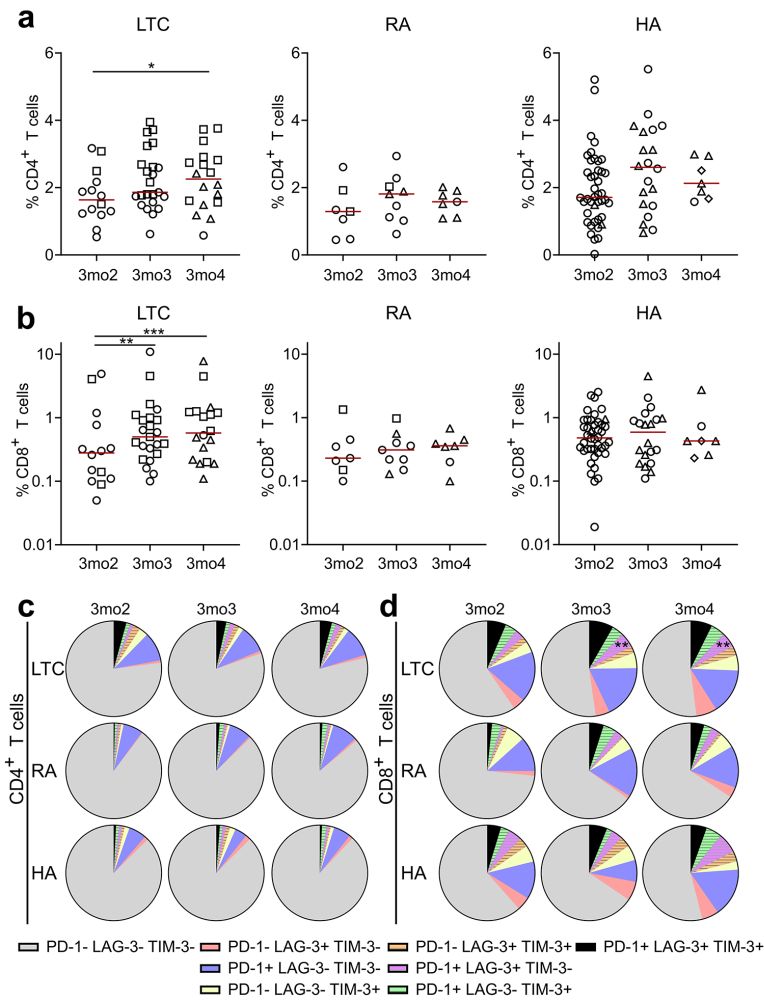
@wehi-research.bsky.social @benjbroom.bsky.social
@wehi-research.bsky.social @benjbroom.bsky.social
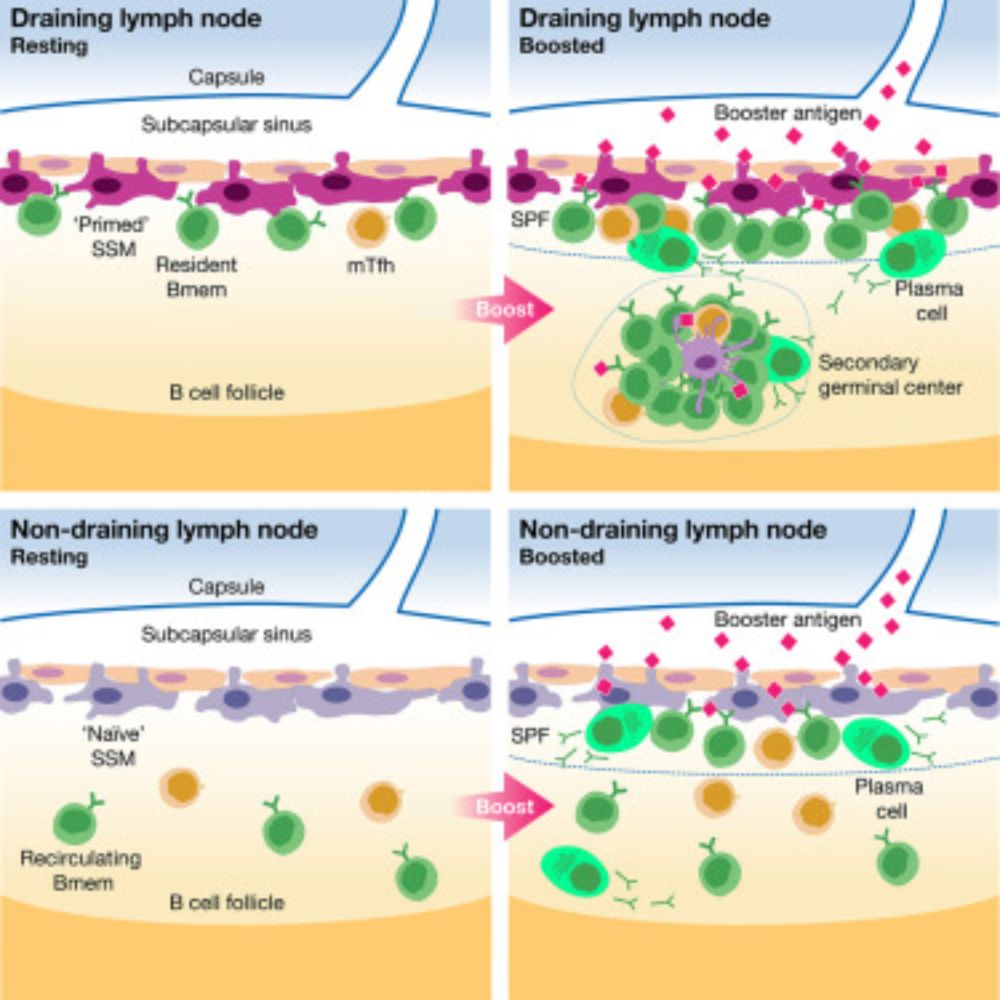
www.science.org/doi/10.1126/...
Thanks to all our collaborators in @viralvaxlab.bsky.social and @thedohertyinst.bsky.social, including @assocprofashhaque.bsky.social lab
www.science.org/doi/10.1126/...
Thanks to all our collaborators in @viralvaxlab.bsky.social and @thedohertyinst.bsky.social, including @assocprofashhaque.bsky.social lab
www.nature.com/articles/s44...
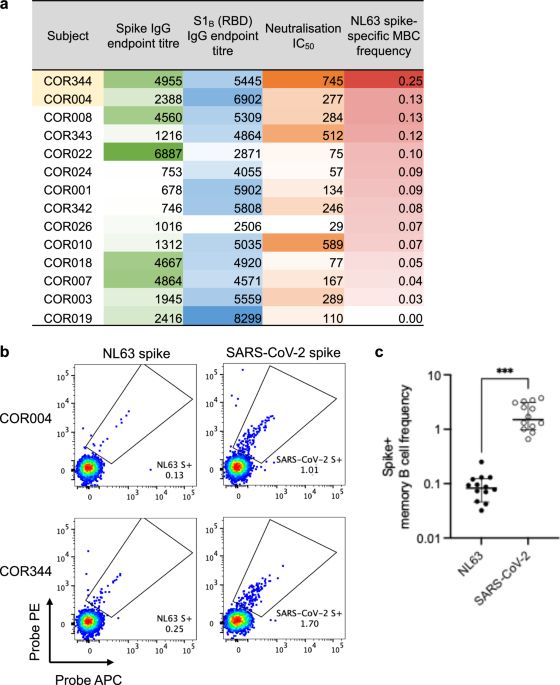
My team and I are pleased to share our most recent story about how bacterial pathogen (Streptococcus pyogenes, Strep A) exposure induces antibody responses against glycan and protein antigens.
For paper: SSRN ssrn.com/abstract=519...
biorxiv : doi: doi.org/10.1101/2025...
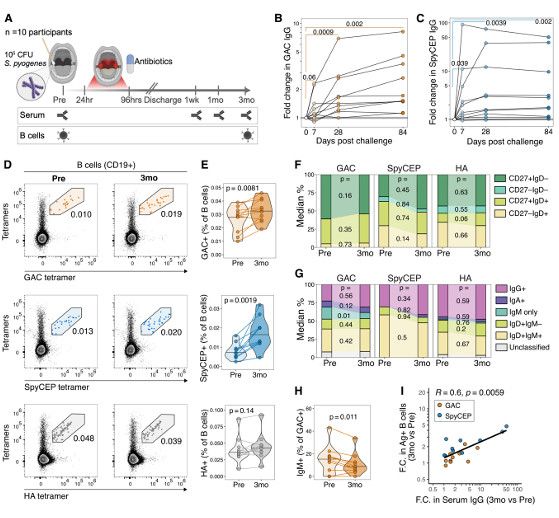

ow.ly/c28N50VeRGR

Randomised trial by Lee, Selva, et al. suggests it is preferable to administer the vaccines at different sites. buff.ly/3D4gX95

Randomised trial by Lee, Selva, et al. suggests it is preferable to administer the vaccines at different sites. buff.ly/3D4gX95
Apply now and spread the word

Apply now and spread the word
www.biorxiv.org/content/10.1...
Our group is interested in virus-specific CD4 T cells, which means we often use in vitro stimulations (like the AIM assay) to find our cells of interest. 🧵 1/9
www.biorxiv.org/content/10.1...
Our group is interested in virus-specific CD4 T cells, which means we often use in vitro stimulations (like the AIM assay) to find our cells of interest. 🧵 1/9
(highly specific for immunologists, all credit to @pedromics on X)
1/8
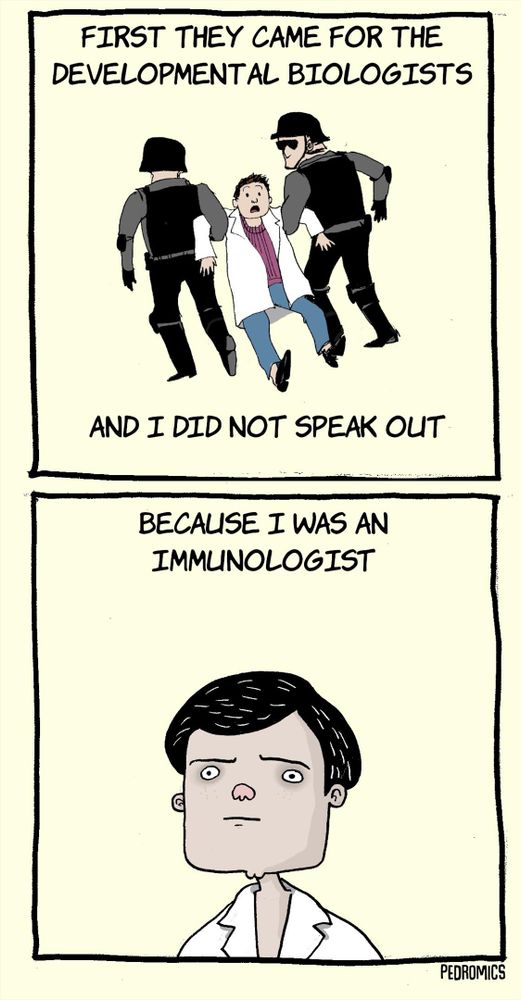
(highly specific for immunologists, all credit to @pedromics on X)
1/8

